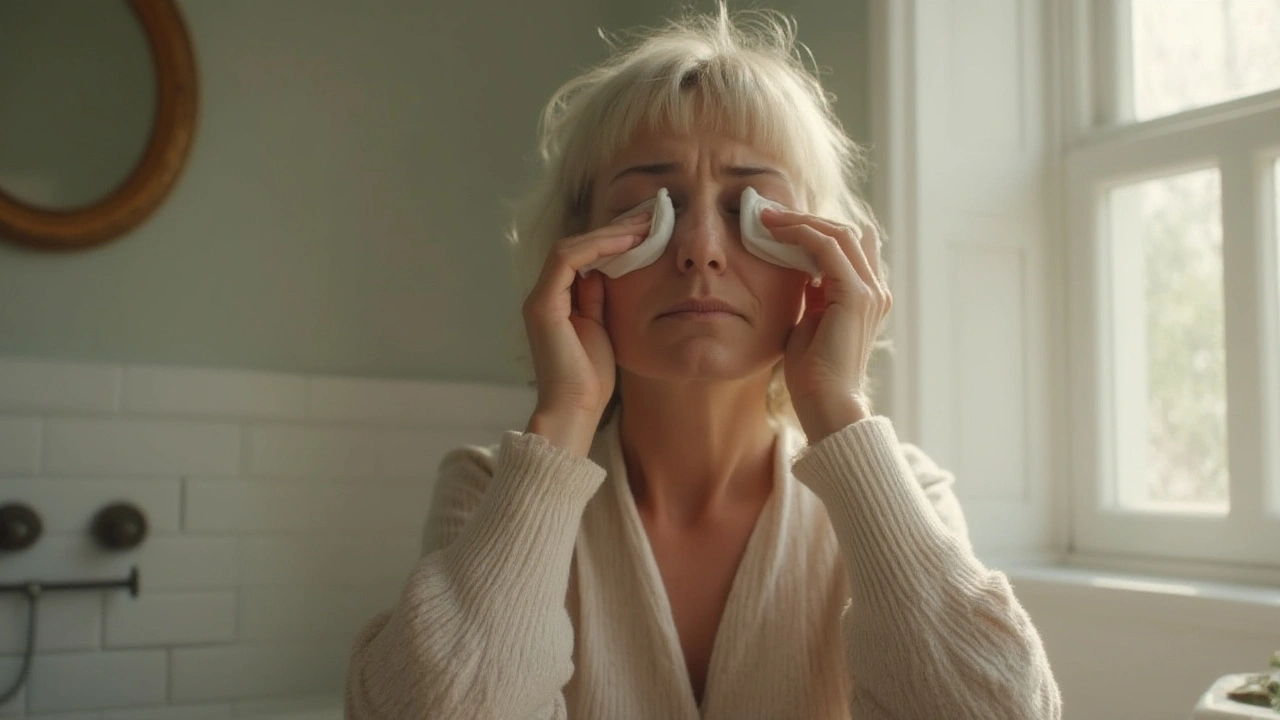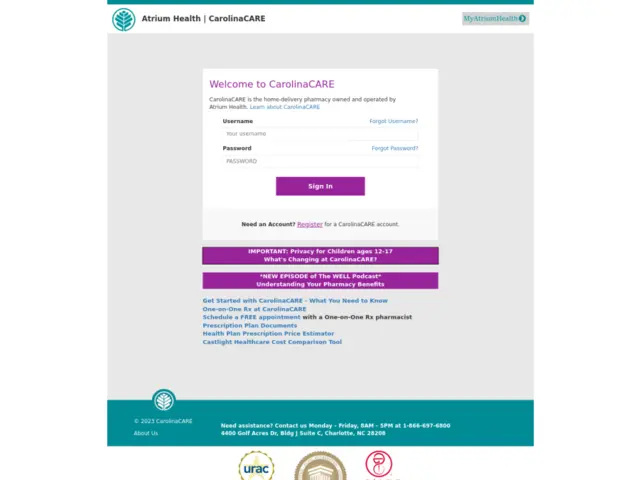Ever put in an eye drop, blink, and suddenly feel like your eyeball’s been hit with a hot pepper? That sharp sting, the watery blur, the angry redness—it’s enough to make you dread that tiny bottle. Dorzolamide is supposed to help, not leave you squinting at your cat suspiciously, wondering if you missed and hit Luna instead. But these reactions are way more common than anyone warns you about at the pharmacy counter. You’re not just being dramatic.
Why Dorzolamide Can Feel Nasty: The Science of Sting
Dorzolamide is a workhorse for managing eye pressure, especially in glaucoma or ocular hypertension. It blocks carbonic anhydrase in the ciliary body, which slows the fluid (aqueous humor) production, lowering inner eye pressure. But that same mechanism can throw things off in your very sensitive cornea.
Right after drop goes in, the pH of dorzolamide doesn’t quite match your eye’s natural tears. This mismatch can cause a burning or stinging sensation as your eye rushes to rebalance itself. And if you’ve got even a hint of dryness (scrolling through TikTok for hours or blasting the AC counts), the stinging can be worse.
There’s also the fact that dorzolamide formulas often contain preservatives, like benzalkonium chloride. These keep the drops germ-free but can mess with your tear film. In one clinical review, up to 25% of users reported stinging or burning, and another big chunk complained about blurred vision or redness right after dosing. Some people even develop a mild allergic response over time, leading to bloodshot eyes and eyelid puffiness.

Practical Fixes for Dorzolamide Stinging, Redness, and Blurred Vision
When Luna curls up next to me and glares while I blink through blurry vision, I know it’s time for some practical tactics. Here’s what actually helps (and what’s just a waste of time):
- Wait Out the Sting: That burning usually peaks in the first seconds. Most people find it fades in under two minutes. If you can, close your eyes gently—not squeezing, just resting them—and let your tears do the work.
- Chill Your Drops: Pop the dorzolamide bottle in the fridge (not freezer!). Cool drops are less irritating for most. There’s actual science here: Lower temperature slightly numbs the corneal nerves, softening the burn.
- Use Artificial Tears (Correctly): Preservative-free artificial tears can cushion the sting. But don’t mix them with dorzolamide at once—wait at least 10 minutes after your medication so it isn’t washed away. Pick something labeled for sensitive or dry eyes for the cleanest formula.
- Technique Matters: Tilt your head back, look up, and with clean fingers, gently pull down your lower lid to create a pocket. Squeeze in one drop. Don’t blink hard—just close your eye for about 60 seconds. Press lightly at the inner corner (near your nose) to help keep it from draining away.
- Don’t Go Overboard: More isn’t better. If you miss and some runs down your cheek, just try again next time. Two drops at once won’t help and just ups discomfort or waste.
- Wash Your Hands and Face: Residue on your skin can sneak into your eyes and make things worse. Clean hands and no makeup around the lids mean fewer irritants get involved.
- Avoid Soft Contact Lenses Afterward: Some dorzolamide preservatives soak into soft contacts, causing dryness and irritation. Use drops before you put lenses in, and wait at least 15 minutes.
- Keep Drops Fresh: Past their expiry? Toss them. Outdated drops can harbor bacteria or just work less effectively, causing extra irritation.
Then there’s the morning-after blurred vision. That’s your tears trying to rebalance the surface after you’ve messed with its chemistry. It usually clears in 5-15 minutes. Blinking helps, but avoid rubbing your eyes—this actually stirs up more irritation. Intermittent blurriness lasting hours or getting worse is not normal, though. At that point, your doctor needs a call.

When to Worry—and How to Get Your Eye Drop Game on Point
Most side effects are annoying but harmless. But if you see swelling, a rash, or pain that sticks around, don’t tough it out. Serious allergic reactions are rare but real. Look for hives, difficulty breathing, or swelling of the tongue/face—these are emergency-room level.
Here’s a quick snapshot showing how often people run into issues with dorzolamide:
| Side Effect | How Common |
|---|---|
| Stinging/Burning | 20-30% |
| Redness | 10-15% |
| Blurred Vision | 5-10% |
| Allergic Reaction | 1-3% |
Now, if you’re stuck cycling through different brands and nothing helps, speak up. Preservative-free dorzolamide does exist (though less common), and your eye doctor might switch you if irritation doesn’t improve. They can also check for any underlying eyelid inflammation or dryness that’s making things worse. Did you know screens cut your blink rate by half? If you marathon Netflix in between drops, you’re setting yourself up for extra sting. Aim for reminder breaks—don’t just hydrate your eyes, upgrade your blink game.
Some readers ask about home remedies, like milk compresses or herbal rinses. Don’t. Eyes aren’t the place for kitchen experiments. Cool compresses (just a clean, damp washcloth) can help relieve surface redness, but anything more exotic risks infection.
If your experience is on the tough end, the best next step is to look into more info on dorzolamide side effects—that deep dive really maps out when to expect issues and what changes might turn things around.
It’s okay to hate these drops some days. But messing with your routine or quitting altogether because of burning or redness can undo a lot of good. Glaucoma is sneaky, and missed doses are the silent invitation for damage you can’t reverse. If you’re ever unsure, check in with your eye doctor, not just Google. Oh, and if you get a little stingy dribble on Luna—no worries. She’ll forgive you after a solid treat or two.





BJ Anderson - 29 July 2025
Alright, let’s cut the fluff – Dorzolamide can feel like a tiny firecracker in your eye, and that’s not a neat side effect, it’s a warning sign. The pH mismatch and preservatives are the culprits, and you’ll notice the sting the moment the drop hits. If you’re still blaming yourself for “not being careful enough,” think again; the formulation is inherently irritating for many. Most patients report that the burning peaks in the first few seconds, then tapers off. Closing your eye gently for a minute or two lets the tear film do its job, no need for heroic blinking. Keep the bottle in the fridge – the cooler temperature numbs the corneal nerves just enough. And please, stop using two drops at once; you’re just amplifying the discomfort. Hand hygiene and a clean face are non‑negotiable. One more thing: don’t wear soft contacts right after because the preservatives can cling to them, causing even more dryness. If you see any swelling or persistent pain, call your doctor – this isn’t something to brush off.
Alexander Rodriguez - 30 July 2025
You’re missing the simple fact that the stinging isn’t a myth – it’s documented in the clinical reviews. The preservative benzalkonium chloride is a known irritant, and the drop’s pH isn’t matched to tears. Chill the bottle, wait ten minutes before using artificial tears, and you’ll see the burn drop dramatically. No need for fancy tricks.
Abhinav Sharma - 31 July 2025
From a mechanistic standpoint, Dorzolamide’s inhibition of carbonic anhydrase reduces aqueous humor production, which is beneficial for intra‑ocular pressure control. However, the corneal epithelium reacts to osmolar shifts and preservative load, leading to transient neurite activation – that’s the sting you feel. 😌 The best practice is to allow a brief interval before introducing preservative‑free tears, ideally 10–15 minutes, to let the ocular surface re‑equilibrate. Additionally, a mild hypothermic environment (refrigerated drops) can temporarily lower corneal nerve conduction velocity, mitigating discomfort. 🔬 Maintaining optimal blink rate during screen time further supports tear film stability, reducing the overall irritation burden. In short, the pharmacodynamics are sound; it’s the excipients and technique that need tweaking.
Welcher Saltsman - 1 August 2025
Hey, just a heads up – closing your eye gently after the drop helps a lot its like giving the eye a mini‑vacation and you don’t even have to overthink it. Also keep the bottle in the fridge this cool trick really does the job and you’ll notice the sting is way less intense. Remember not to blink hard – just let the eye rest for a minute and the burn will fade. And yeah, wash your hands and face before you do the whole thing – it’s basic but people skip it. If you’re using contacts wait at least fifteen minutes before putting them back in, trust me it saves you a lot of hassle.
april wang - 2 August 2025
Let’s take a step back and look at the broader picture of why Dorzolamide, despite its efficacy, often feels like a punishment for the patient. First, the active ingredient itself is a carbonic anhydrase inhibitor that does an excellent job at reducing aqueous humor production, which is essential for managing intra‑ocular pressure in glaucoma. However, the formulation’s pH is typically lower than that of natural tears, creating an immediate chemical gradient that the corneal epithelium must correct. This correction process triggers the activation of nociceptors, which the brain interprets as a sharp, pepper‑like sting. Moreover, the preservative benzalkonium chloride (BAC), while useful for preventing microbial contamination, disrupts the lipid layer of the tear film, leading to increased evaporation and further ocular surface irritation. The cumulative effect of these factors is that many patients experience transient redness, blurred vision, and a burning sensation that can last anywhere from a few seconds to a couple of minutes. In practice, the most effective way to mitigate these side‑effects begins with proper storage: a refrigerator, not a freezer, can lower the temperature of the drops by a few degrees, which temporarily numbs corneal nerves and reduces the intensity of the sting. Next, the technique matters immensely – pulling down the lower eyelid to form a pocket ensures that the drop stays on the ocular surface longer, allowing for better absorption and less runoff. After instillation, a gentle, sustained closure of the eye for about 60 seconds, without squeezing, gives the tear film time to incorporate the medication smoothly. Following this, a waiting period of at least ten minutes before applying preservative‑free artificial tears helps to protect the epithelium while not diluting the therapeutic effect of Dorzolamide. Additionally, regular use of preservative‑free lubricants throughout the day can maintain tear film stability, especially for those who spend long hours in front of screens, as reduced blink rates exacerbate dryness. For contact lens wearers, it’s crucial to remove lenses before applying the medication and to wait at least fifteen minutes before reinserting them; otherwise, the BAC can become absorbed into the lens material, causing persistent discomfort. Finally, while occasional mild irritation is expected, any sign of persistent swelling, severe redness, or allergic reactions such as hives should prompt immediate medical attention. The key takeaway is that while Dorzolamide is a cornerstone in glaucoma therapy, its side‑effects are manageable with thoughtful storage, proper administration technique, and adjunctive lubrication; patients should be educated on these steps to ensure adherence and preserve visual health over the long term.
Vishnu Raghunath - 3 August 2025
Oh great, another “miracle drop” that feels like a tiny rocket in your eye – surprise! The whole preservative thing is just a corporate ploy to keep you buying more stuff. Keep it in the fridge, they say, as if a cold drop can fix a chemical burn. Honestly, if you’re that sensitive, maybe don’t put anything in your eyes at all.
Aparna Dheep - 4 August 2025
One must consider the ontological ramifications of subjecting the delicate ocular membrane to synthetic pharmacopoeia. The interplay between the drug's enzymatic inhibition and the corneal homeostasis is, in essence, a micro‑cosmic reflection of our broader imposition upon natural processes. While the practitioner may tout efficacy, the patient endures a quotidian assault upon the ocular surface, a veritable Sisyphean struggle against preservative‑induced desiccation. It behooves the discerning individual to interrogate the epistemic foundations of such therapeutic regimens, lest we accept the iatrogenic irritation as an immutable truth.
Nicole Powell - 5 August 2025
This is just basic stuff – the drops sting and you need to chill them.
Ananthu Selvan - 6 August 2025
Honestly this whole thing is overhyped, you dump a cheap chemical in your eye and expect miracles, the irritation is inevitable and the so‑called “best practices” are just marketing fluff, stop wasting time.
Nicole Chabot - 7 August 2025
Appreciate the thorough rundown – keeping the drops cool and giving the eyes a moment to rest really does make a difference.